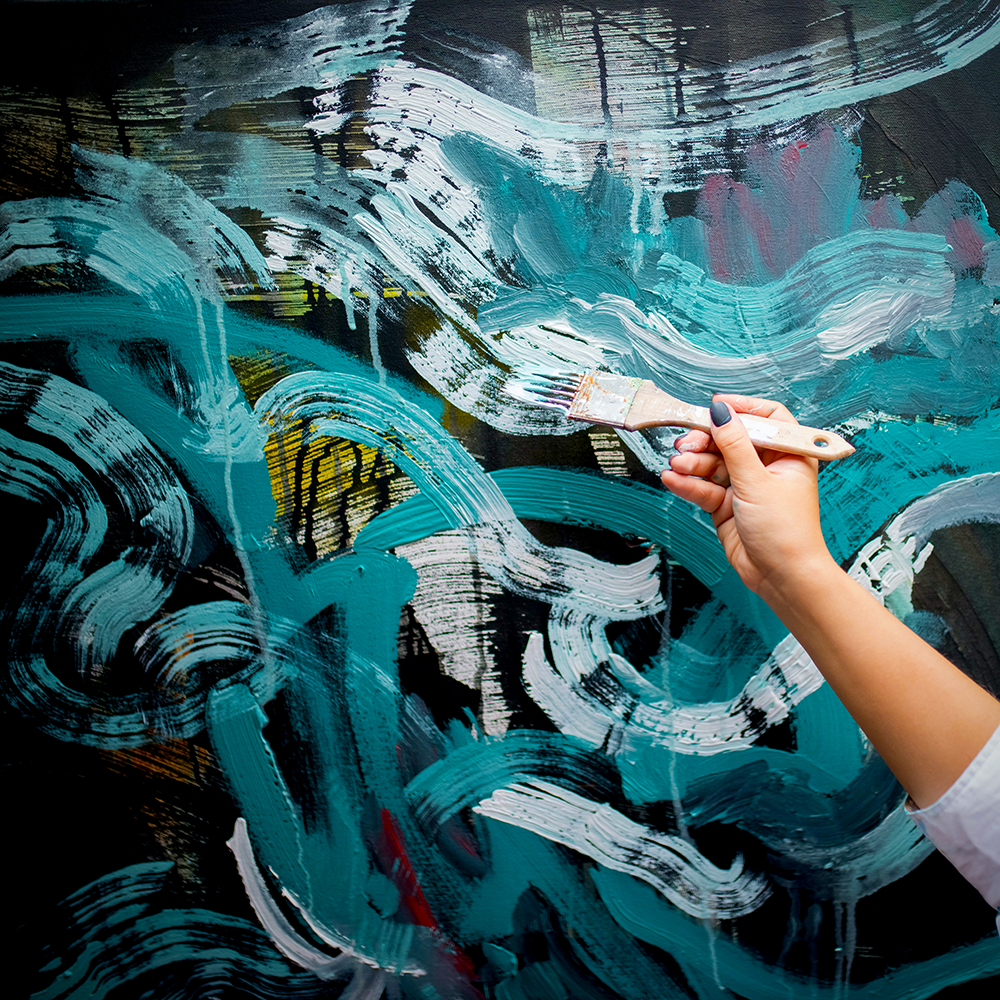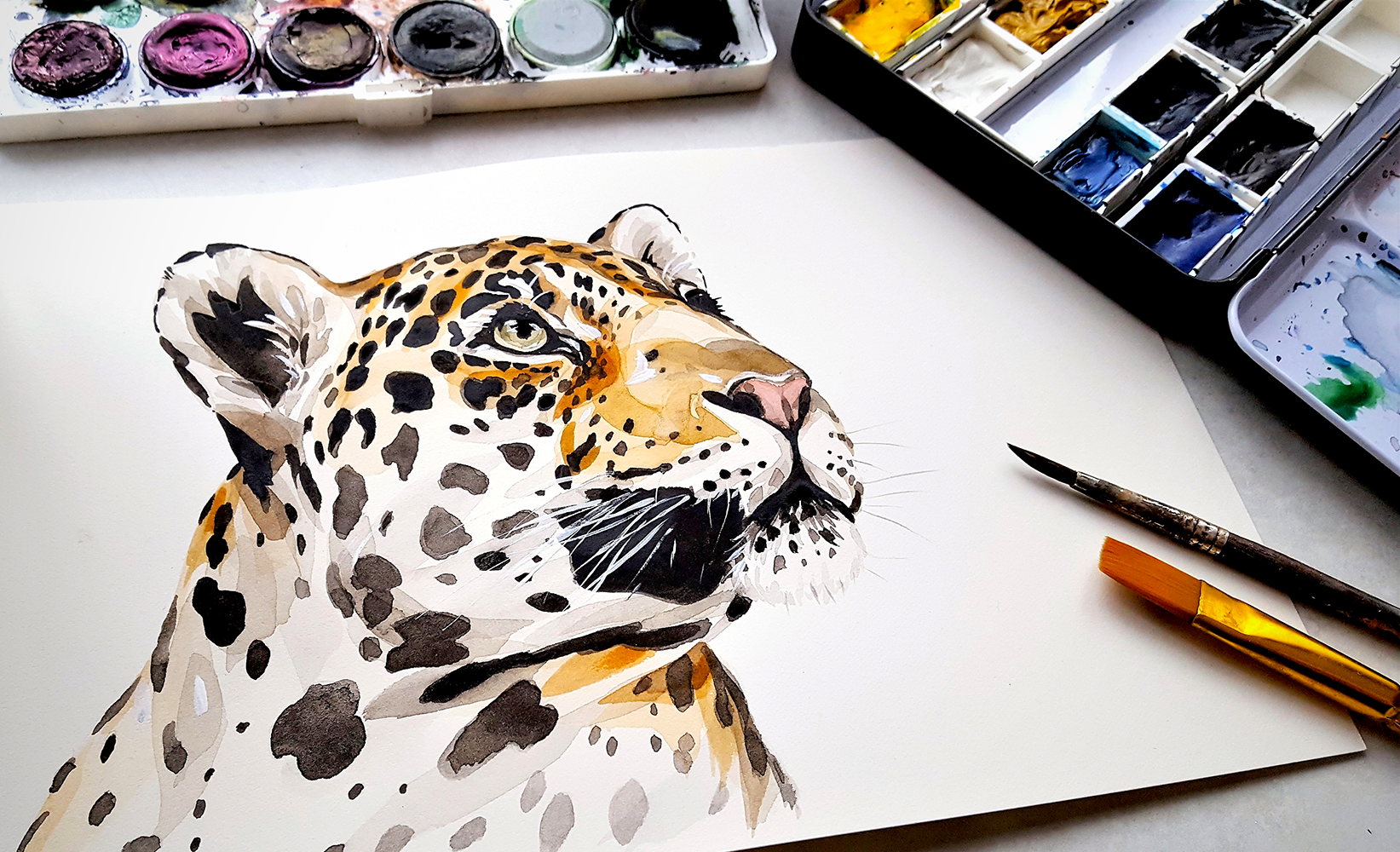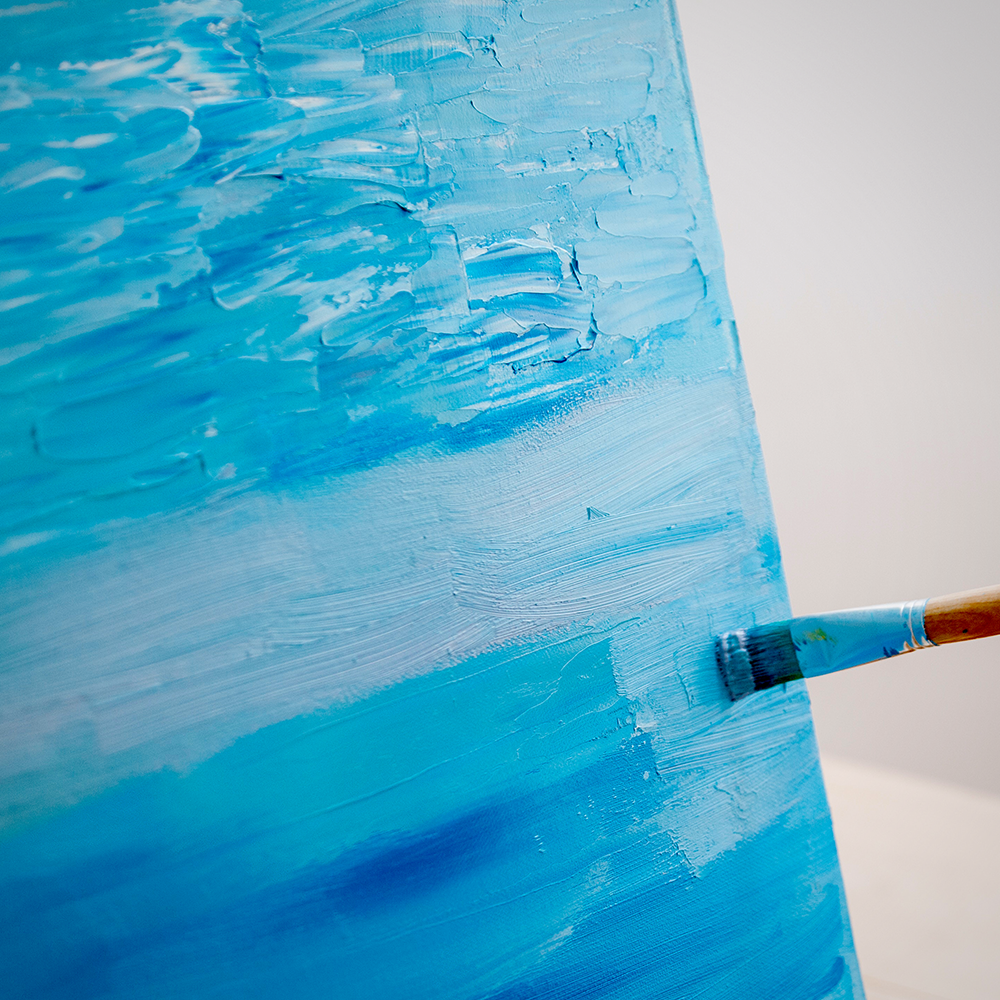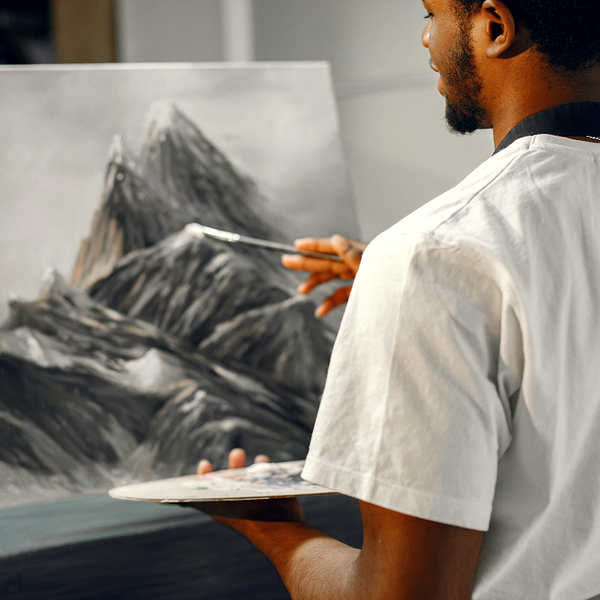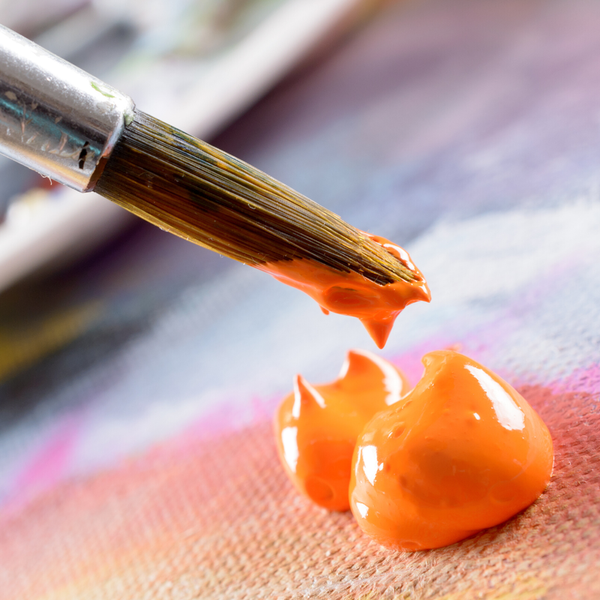Ready to unleash your creativity and dive into the vibrant world of painting?
Painting is an age-old art form that has captivated humanity for centuries.
From the intricate cave paintings of our ancestors to the masterpieces hanging in modern galleries, painting has always been a medium through which artists express their innermost thoughts and emotions.
But what are the basics of painting?
Whether you're a complete novice or looking to refine your skills, this guide is your ticket to mastering the basics of painting.
From understanding essential tools to learning fundamental techniques, we'll help you create art that speaks to the soul.
Key Takeaways:
- Understanding the basics of painting is essential for creating visually appealing art.
- Different mediums and techniques offer unique opportunities for artistic expression.
- Building a solid foundation in art fundamentals can significantly enhance your art journey.
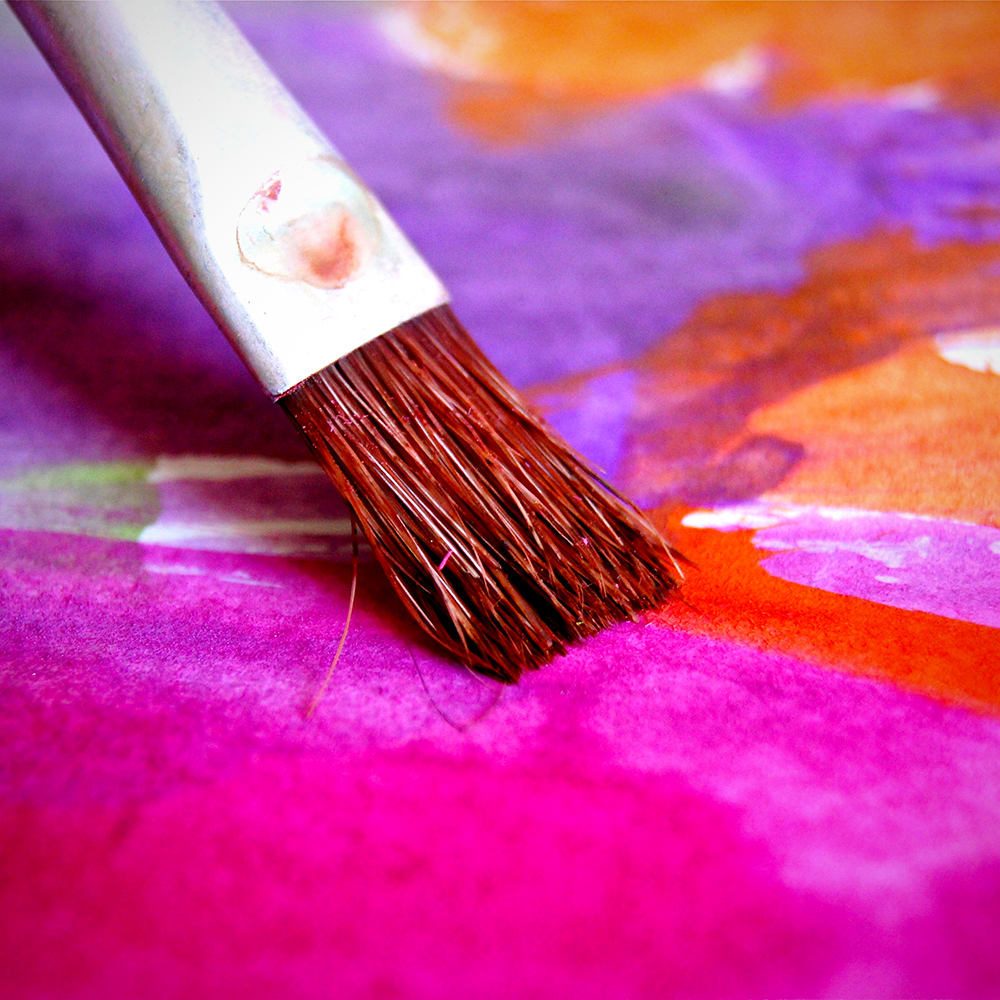
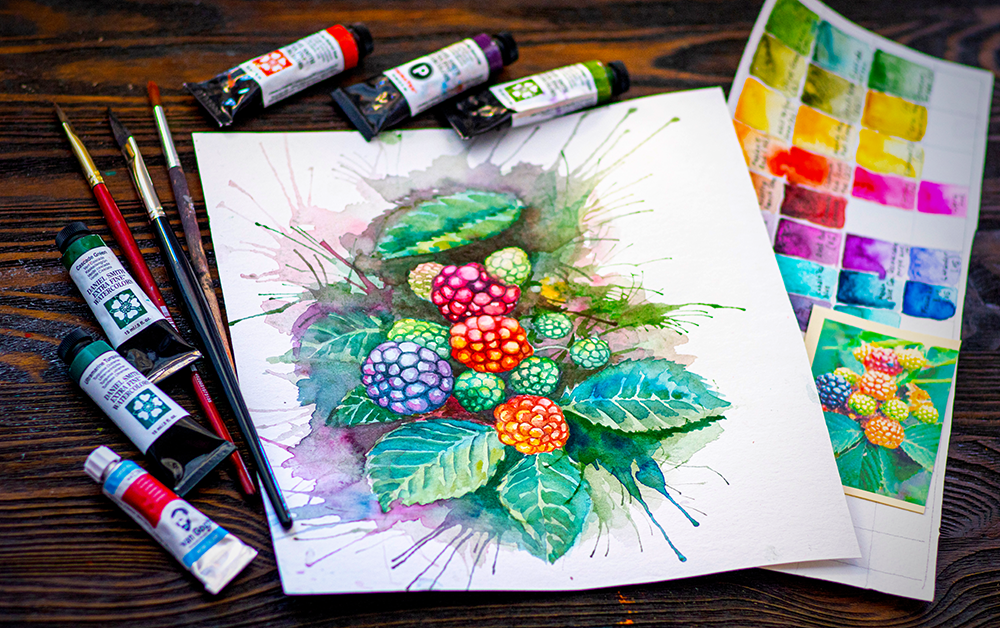
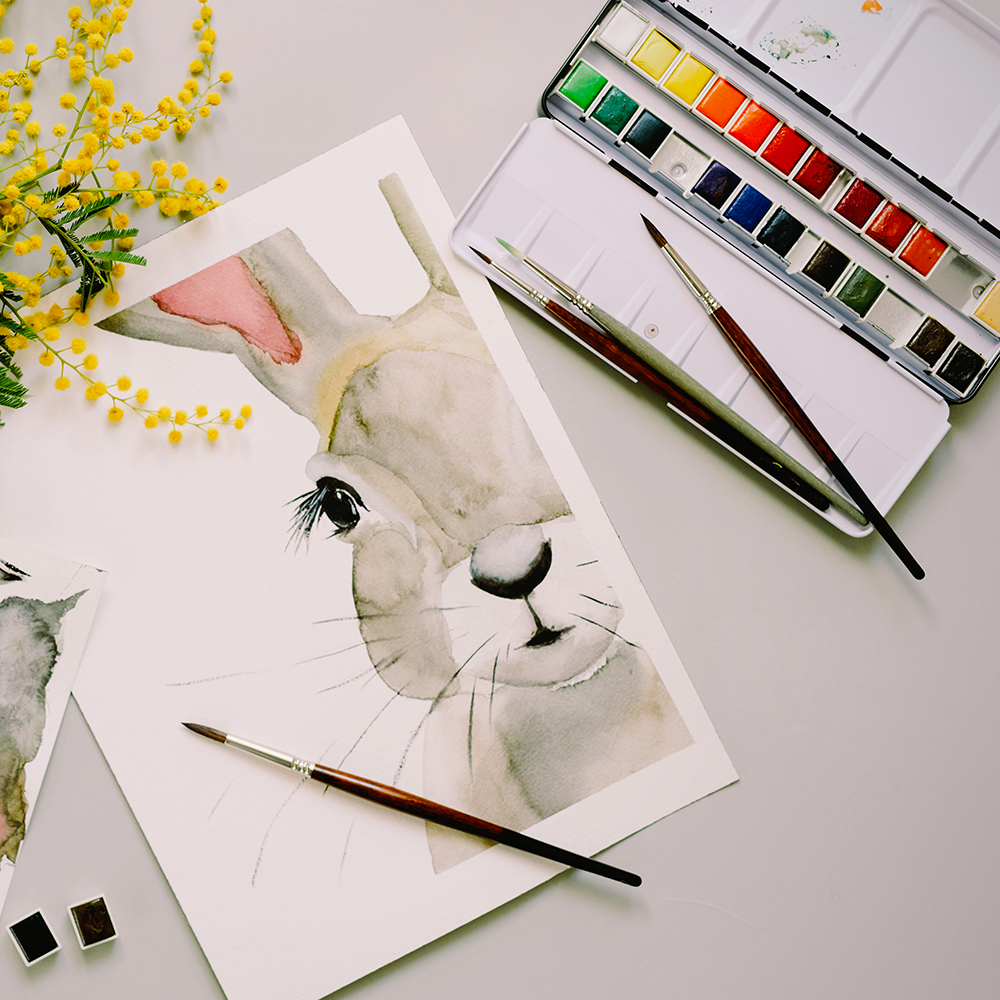
Understanding Art Fundamentals
Art fundamentals are the building blocks of any successful painting.
These include concepts like composition, color theory, and perspective.
A solid foundation in these basics will allow you to create more visually appealing and balanced artwork.
Composition refers to the arrangement of elements within a painting.
It’s crucial to consider how different parts of your painting work together to guide the viewer's eye.
Techniques like the rule of thirds can help you create a more dynamic and engaging composition.
The Importance of Color Theory
Color theory is another essential aspect of painting.
Understanding how colors interact, mix, and contrast can significantly impact the mood and effectiveness of your artwork.
The color wheel is a valuable tool for learning about primary, secondary, and tertiary colors, as well as complementary and analogous color schemes.
For instance, mixing colors like ultramarine blue and burnt umber can create a range of beautiful hues.
Experimenting with different color combinations can help you find the perfect palette for your painting.
Choosing the Right Medium
Different mediums offer unique opportunities for artistic expression.
Acrylic paints, oil paints, and watercolors each have their own characteristics and techniques.
Choosing the right medium depends on your personal preferences and the effect you want to achieve.
Acrylic paints are versatile and quick-drying, making them ideal for beginners.
Oil paints, on the other hand, offer rich textures and longer drying times, allowing for more detail and blending.
Watercolors are known for their transparency and fluidity, perfect for creating soft, ethereal effects.
Essential Tools and Materials
Having the right tools and materials is crucial for a successful painting process.
A blank canvas, a variety of paint brushes, a palette knife, and a range of paints are the basics you’ll need to start painting.
Additionally, items like paper towels and a charcoal pencil can be useful for sketching and cleaning up.
Investing in quality materials from your local art store can make a significant difference in the outcome of your finished painting.
Professional artists often recommend starting with a limited palette of primary colors and gradually expanding your collection as you gain more experience.
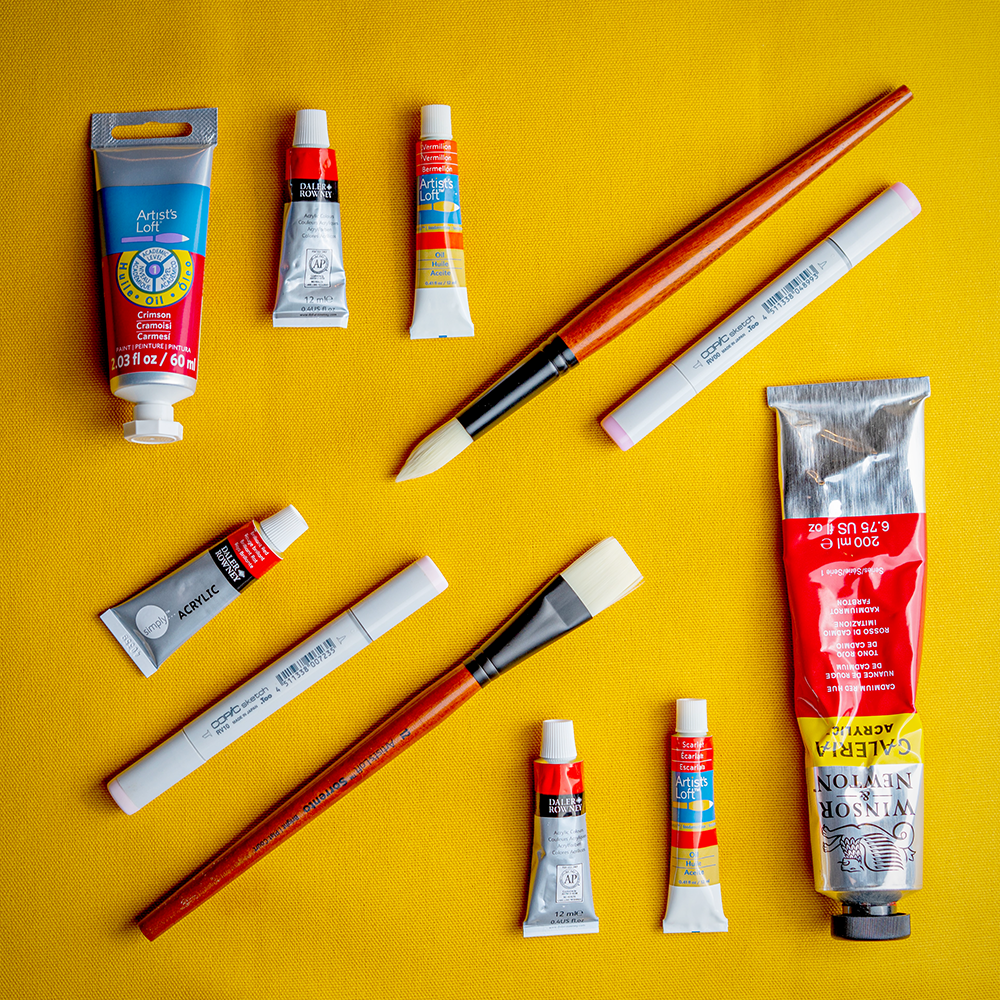
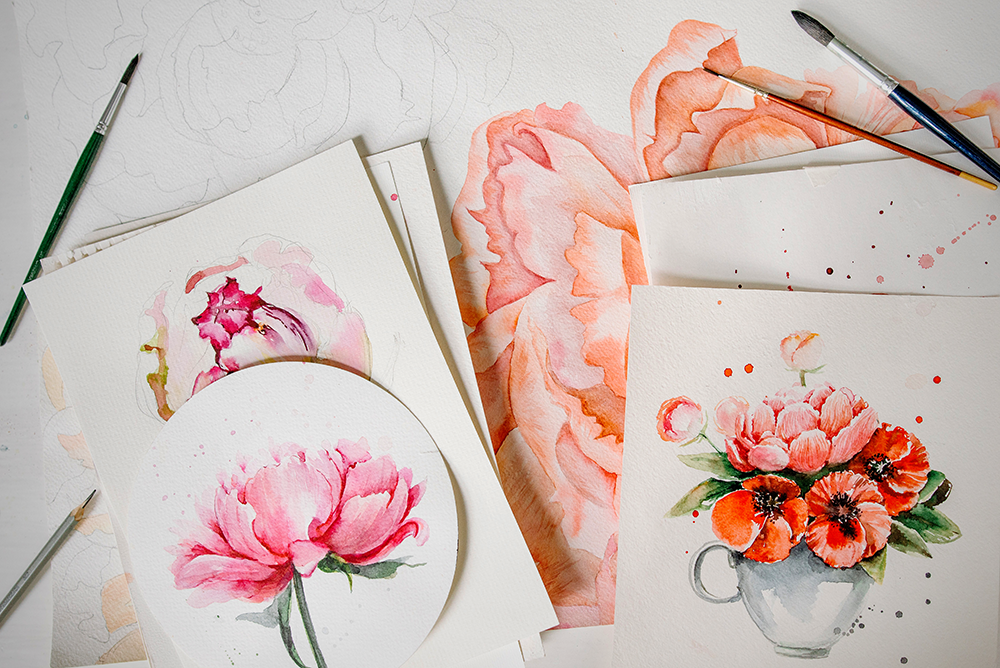
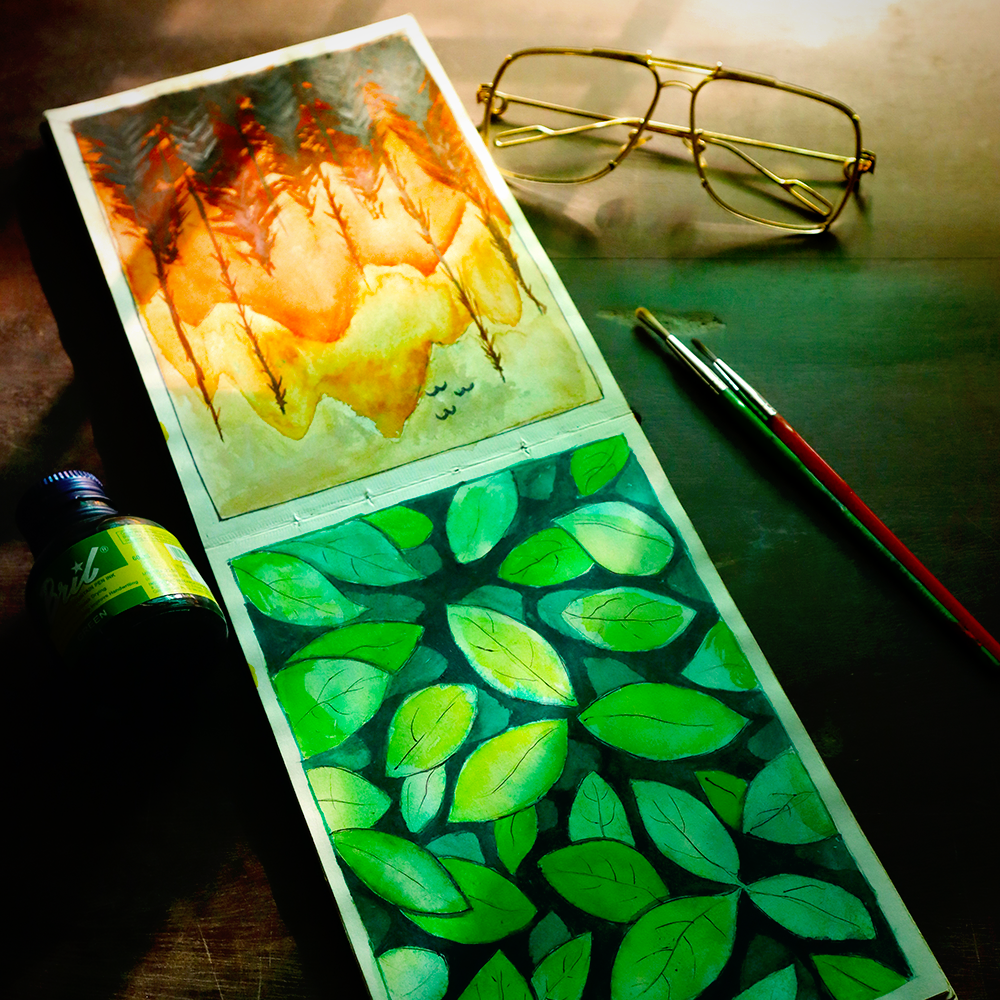
Preparing Your Workspace
A well-organized workspace can greatly enhance your painting experience.
Ensure you have good lighting, a comfortable chair, and a sturdy easel.
Keeping your materials within easy reach will allow you to focus more on your art and less on searching for supplies.
Setting up a dedicated space for painting can also help you get into the right mindset.
Whether it’s a corner of your living room or a separate studio, having a designated area for your art journey can make a big difference.
Sketching Your Composition
Before you start painting, it’s often helpful to sketch your composition.
Using a charcoal pencil, lightly draw the basic shapes and outlines of your subject.
This initial sketch will serve as a guide and help you plan the placement of different elements in your painting.
Sketching also allows you to make adjustments before applying paint.
It’s easier to erase and correct mistakes at this stage, ensuring a more accurate and balanced composition in your final artwork.
Understanding Light and Shadow
Light and shadow play a crucial role in creating depth and dimension in your paintings.
Observing how light interacts with objects can help you depict them more realistically.
Pay attention to the direction of light, the intensity of shadows, and the subtle variations in color.
Using a reference image can be helpful in understanding light and shadow.
Study how professional artists handle these elements and try to incorporate similar techniques into your own work.
Mixing Colors
Color mixing is an essential skill for any painter.
Understanding how to blend different hues to achieve the desired color can greatly enhance your artwork.
Start with primary colors and experiment with mixing them to create secondary and tertiary colors.
For example, mixing ultramarine blue with a tiny bit of titanium white can produce a range of light blue shades.
Adding just a touch of yellow ochre can create beautiful green hues.
Practice mixing colors on your palette to develop a better understanding of how they interact.
Applying Paint
When it comes to applying paint, there are various techniques you can use.
Thin layers, or glazes, can create a luminous effect, while thick paint, or impasto, adds texture and depth.
Experimenting with different application methods can help you find your unique style.
Using a palette knife can create interesting textures and effects.
Try applying paint with a palette knife to add depth and dimension to your artwork.
This technique is particularly effective in landscape painting and abstract art.

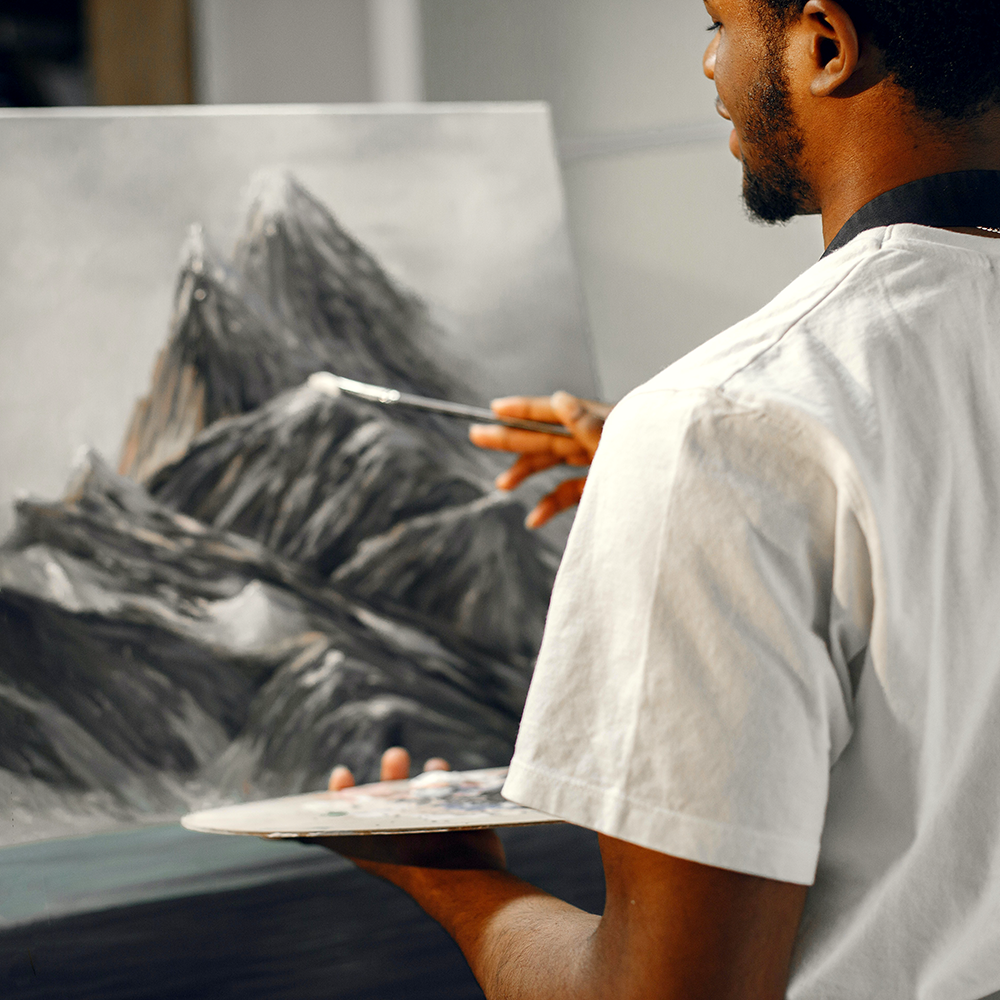

Creating Depth and Perspective
Creating depth and perspective is essential for making your paintings more realistic and engaging.
Techniques like overlapping, size variation, and atmospheric perspective can help you achieve this.
Pay attention to how objects in the foreground, middle ground, and background interact.
For instance, using darker colors in the foreground and lighter colors in the background can create a sense of depth.
Adding detail to objects in the foreground while keeping the background more simplified can also enhance the illusion of space.
Exploring Different Styles
There are countless styles and genres in painting, from realism to abstract art.
Exploring different styles can help you find your unique voice as an artist.
Don’t be afraid to experiment and try new techniques.
Studying the works of industry leaders and professional artists can provide inspiration and insight into different styles.
Whether you’re drawn to the bold colors of abstract art or the intricate details of still life, finding your preferred style is an important part of your art journey.
The Role of Texture
Texture adds a tactile quality to your paintings, making them more engaging and visually appealing.
Techniques like dry brushing, impasto, and sgraffito can create interesting textures and effects.
For example, using a palette knife to apply thick paint can create a textured surface that catches the light and adds depth.
Experimenting with different tools and techniques can help you discover new ways to incorporate texture into your artwork.
The Importance of Practice
Like any skill, painting requires practice and dedication.
The more you paint, the more you’ll improve.
Set aside regular time for painting and challenge yourself with new subjects and techniques.
Joining exclusive career workshops or local art classes can provide valuable feedback and guidance.
Learning from experienced artists and peers can help you refine your skills and gain new perspectives.
Overcoming Challenges
Every artist faces challenges, whether it’s a difficult subject, a lack of inspiration, or technical difficulties.
It’s important to stay motivated and keep pushing through these obstacles.
Remember that every painting is a learning experience.
Seeking advice from other artists and participating in online forums or art communities can provide support and encouragement.
Sharing your work and receiving constructive feedback can help you overcome challenges and grow as an artist.

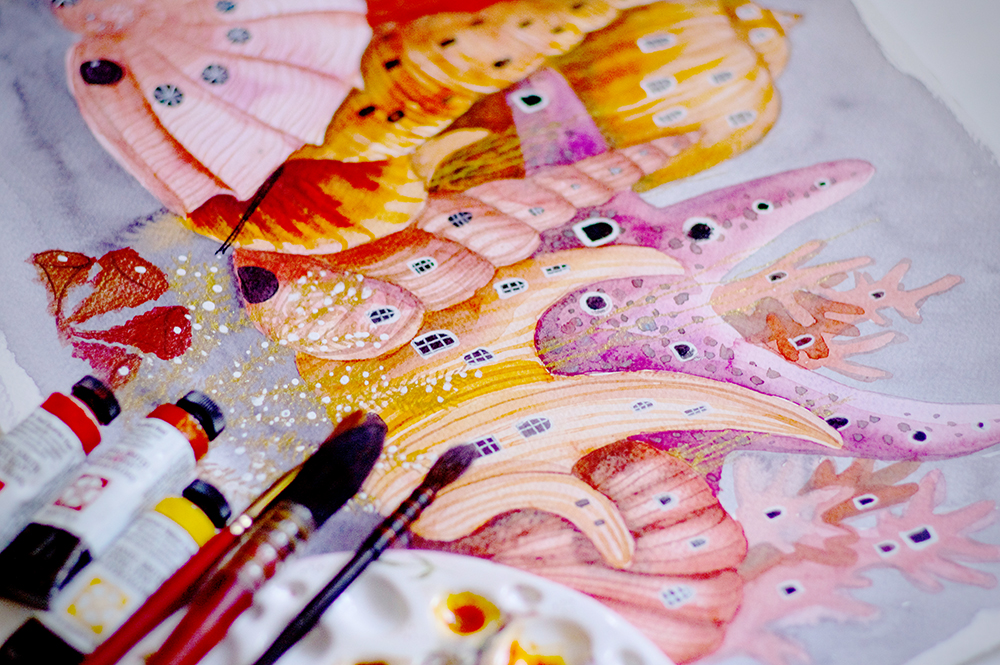

The Joy of Creating Art
Ultimately, painting is about expressing yourself and finding joy in the creative process.
Don’t be afraid to make mistakes and experiment with new ideas.
Enjoy the journey and celebrate your progress.
Whether you’re creating a detailed still life or an abstract masterpiece, the act of painting can be incredibly fulfilling.
Embrace the freedom and creativity that comes with being an artist.
Building a Portfolio
As you create more paintings, consider building a portfolio to showcase your work.
A well-organized portfolio can be a valuable tool for job searches, exhibitions, and commissions.
Include a variety of pieces that demonstrate your skills and versatility.
High-quality photographs of your finished paintings can make a lasting impression on potential clients and galleries.
Understanding Different Mediums
Different mediums offer unique opportunities for artistic expression.
Acrylic paints, oil paints, and watercolors each have their own characteristics and techniques.
Choosing the right medium depends on your personal preferences and the effect you want to achieve.
Acrylic paints are versatile and quick-drying, making them ideal for beginners.
Oil paints, on the other hand, offer rich textures and longer drying times, allowing for more detail and blending.
Watercolors are known for their transparency and fluidity, perfect for creating soft, ethereal effects.
The Role of Inspiration
Inspiration can come from many sources, whether it’s nature, other artists, or everyday life.
Keeping a sketchbook or journal can help you capture ideas and develop them into finished paintings.
Visiting galleries, reading art books, and exploring different cultures can also provide inspiration.
Surround yourself with things that spark your creativity and keep you motivated.
The Importance of Feedback
Receiving feedback from other artists and viewers can be incredibly valuable.
Constructive criticism can help you identify areas for improvement and refine your skills.
Participating in art communities, both online and offline, can provide opportunities for feedback and collaboration.
Sharing your work and engaging with other artists can help you grow and develop as an artist.
The Business of Art
For those looking to turn their passion for painting into a career, understanding the business side of art is essential.
This includes marketing, pricing, and networking.
Building a strong online presence through social media and a professional website can help you reach a wider audience.
Networking with other artists, galleries, and collectors can open up opportunities for exhibitions and sales.
The Role of Technology
Technology has revolutionized the art world, offering new tools and platforms for artists.
Digital painting, online galleries, and social media have expanded the possibilities for artistic expression and exposure.
Exploring digital painting software and tools can add a new dimension to your art journey.
Online platforms like Instagram and Etsy can help you showcase and sell your work to a global audience.

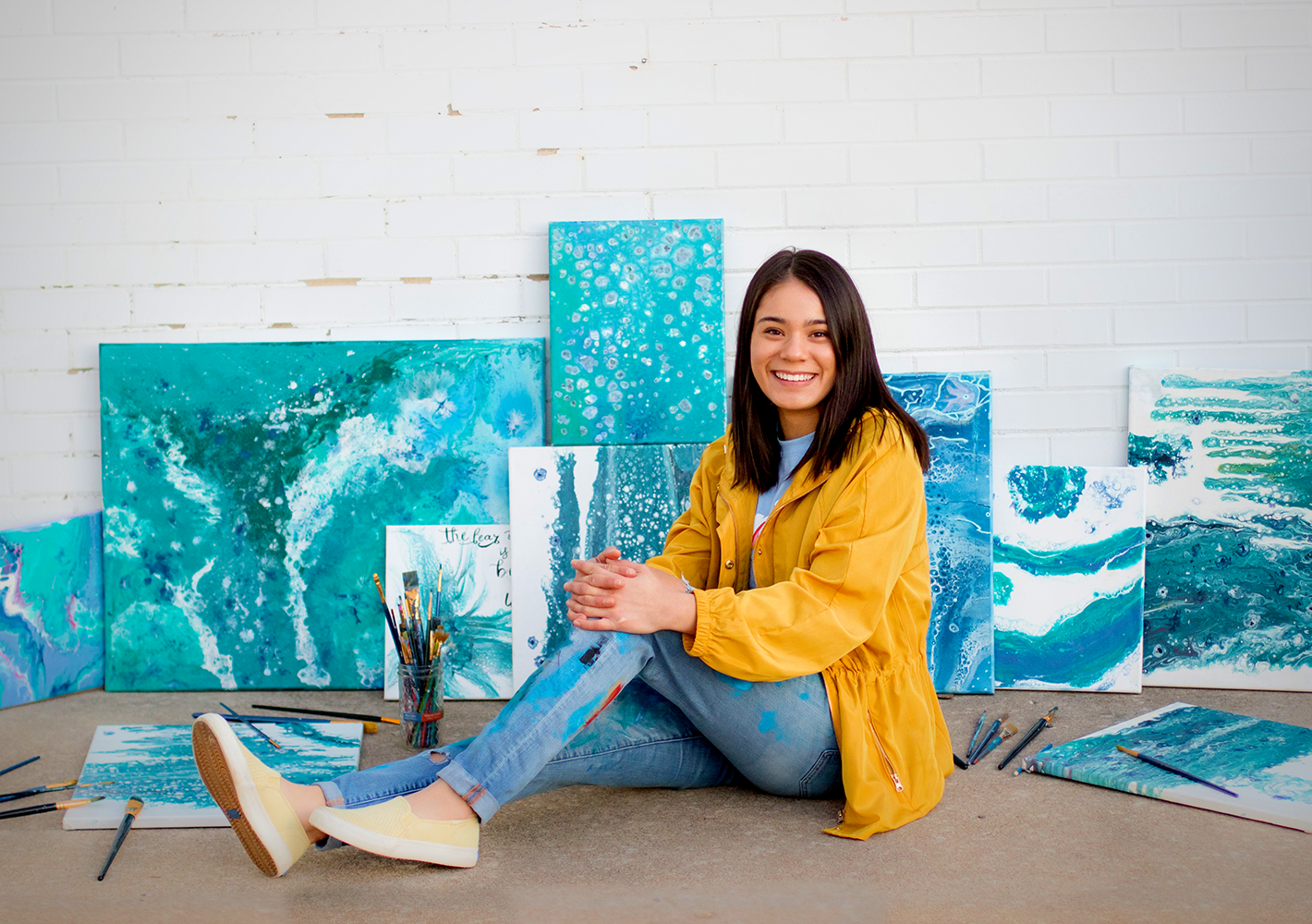
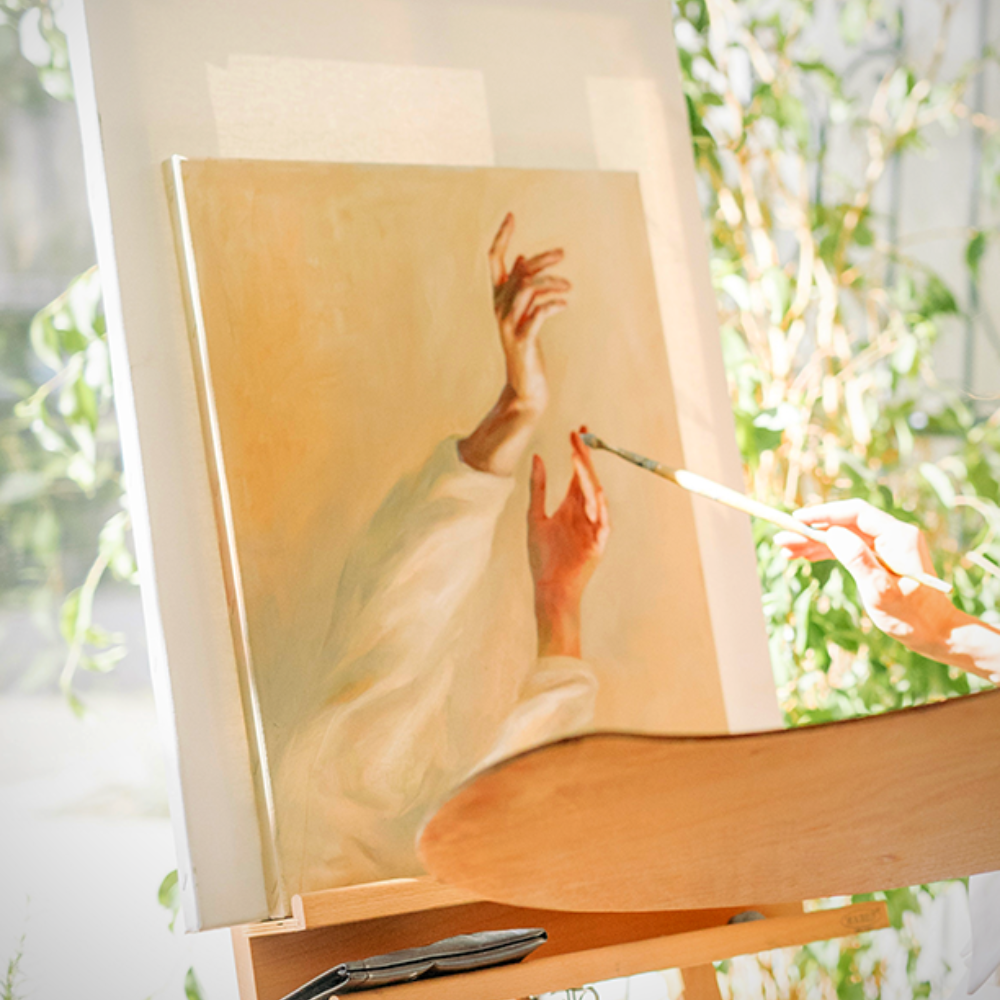
The Importance of Experimentation
Experimentation is a key part of the creative process.
Trying new techniques, mediums, and styles can help you discover new possibilities and push the boundaries of your art.
Don’t be afraid to take risks and step outside your comfort zone.
Some of the most innovative and impactful art comes from experimentation and exploration.
The Role of Education
Formal education in art can provide a solid foundation and valuable skills.
Art schools, workshops, and online courses offer structured learning and access to experienced instructors.
However, self-taught artists can also achieve great success.
The most important thing is to stay curious, keep learning, and continually seek to improve your craft.
The Impact of Art
Art has the power to inspire, provoke, and connect people.
It can convey emotions, tell stories, and challenge perceptions.
As an artist, you have the opportunity to make a lasting impact through your work.
Whether you’re creating art for personal fulfillment or to share with the world, remember the potential of your creations to touch and inspire others.
The Journey of an Artist
The journey of an artist is a lifelong pursuit of growth, discovery, and expression.
Embrace the challenges and celebrate the successes along the way.
Every painting is a step on this journey, contributing to your development and understanding as an artist.
Keep pushing forward, stay inspired, and enjoy the process of creating art.
Must-Know Painting Tips
Ready to take your painting skills to the next level?
Whether you're a beginner or a seasoned artist, these painting tips will help you refine your technique, boost your creativity, and create stunning works of art.
Let's dive in!
- Invest in Quality Supplies: High-quality brushes, paints, and canvases can make a significant difference in your work. They provide better control, vibrant colors, and longevity to your pieces.
- Experiment with Different Mediums: Don't limit yourself to just one medium. Try acrylics, oils, watercolors, and even mixed media to discover what resonates with your style.
- Master the Basics of Color Theory: Understanding color relationships, such as complementary and analogous colors, can help you create harmonious and dynamic compositions.
- Practice Sketching Regularly: Sketching helps improve your drawing skills and serves as a foundation for your paintings. Keep a sketchbook handy and draw daily.
- Use a Limited Palette: Working with a limited color palette can help you focus on values and composition, and it often results in more cohesive and visually appealing artwork.
- Play with Different Brush Techniques: Experiment with various brushstrokes and techniques, such as dry brushing, stippling, and glazing, to add texture and depth to your paintings.
- Understand Light and Shadow: Study how light interacts with objects and practice shading to create realistic and three-dimensional effects in your work.
- Take Breaks and Step Back: Regularly step back from your painting to view it from a distance. This helps you see the overall composition and identify areas that need adjustment.
- Seek Constructive Criticism: Don't be afraid to ask for feedback from fellow artists or mentors. Constructive criticism can provide valuable insights and help you grow as an artist.
- Stay Inspired and Keep Learning: Continuously seek inspiration from nature, other artists, and different art forms. Attend workshops, watch tutorials, and never stop learning and experimenting.
By incorporating these tips into your artistic practice, you'll be well on your way to creating beautiful and impactful paintings.
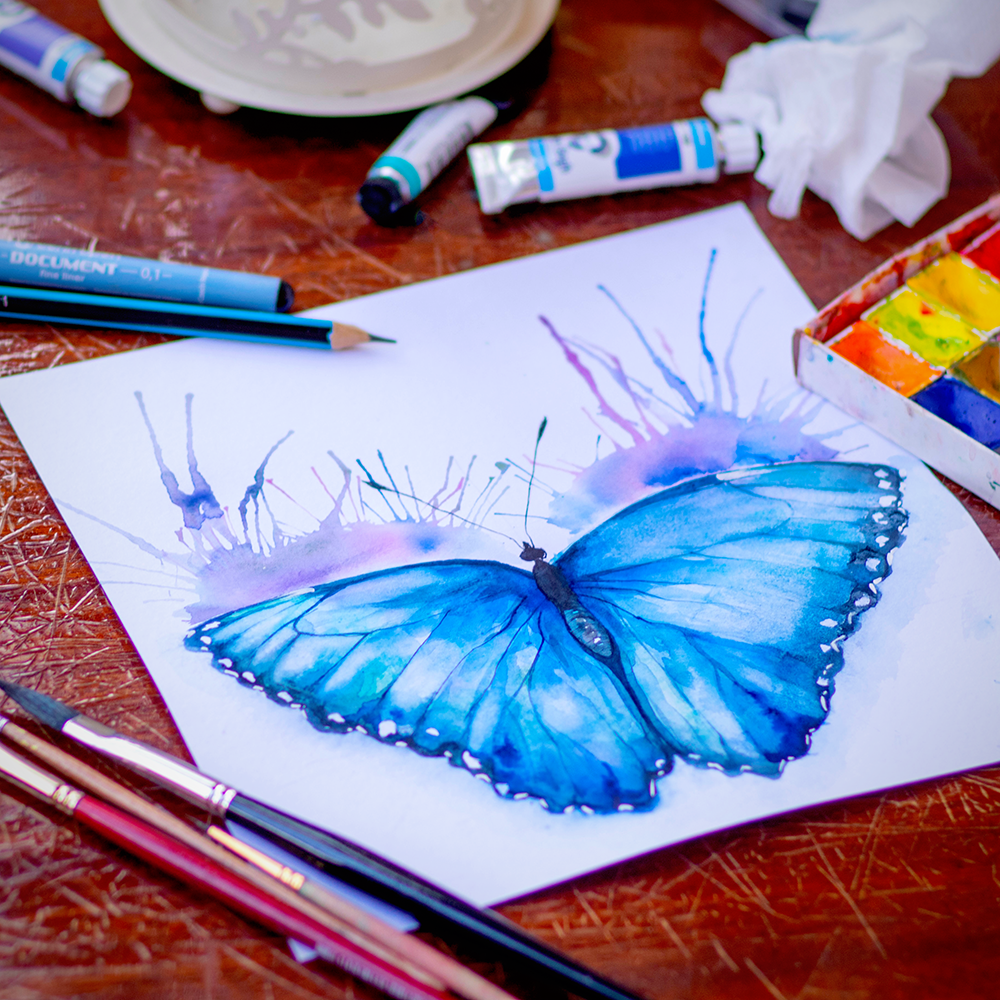
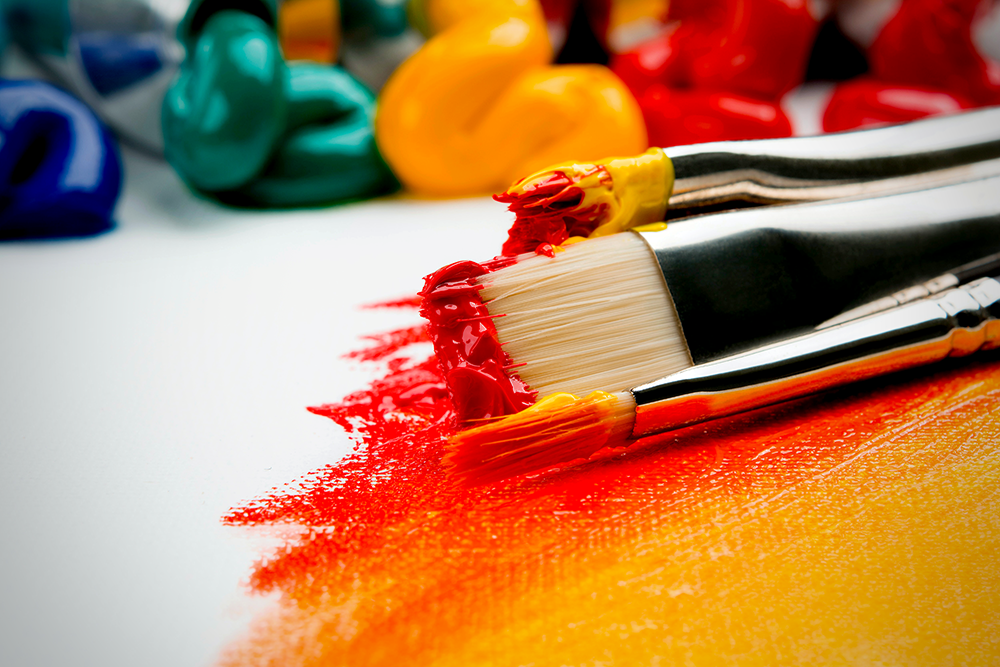
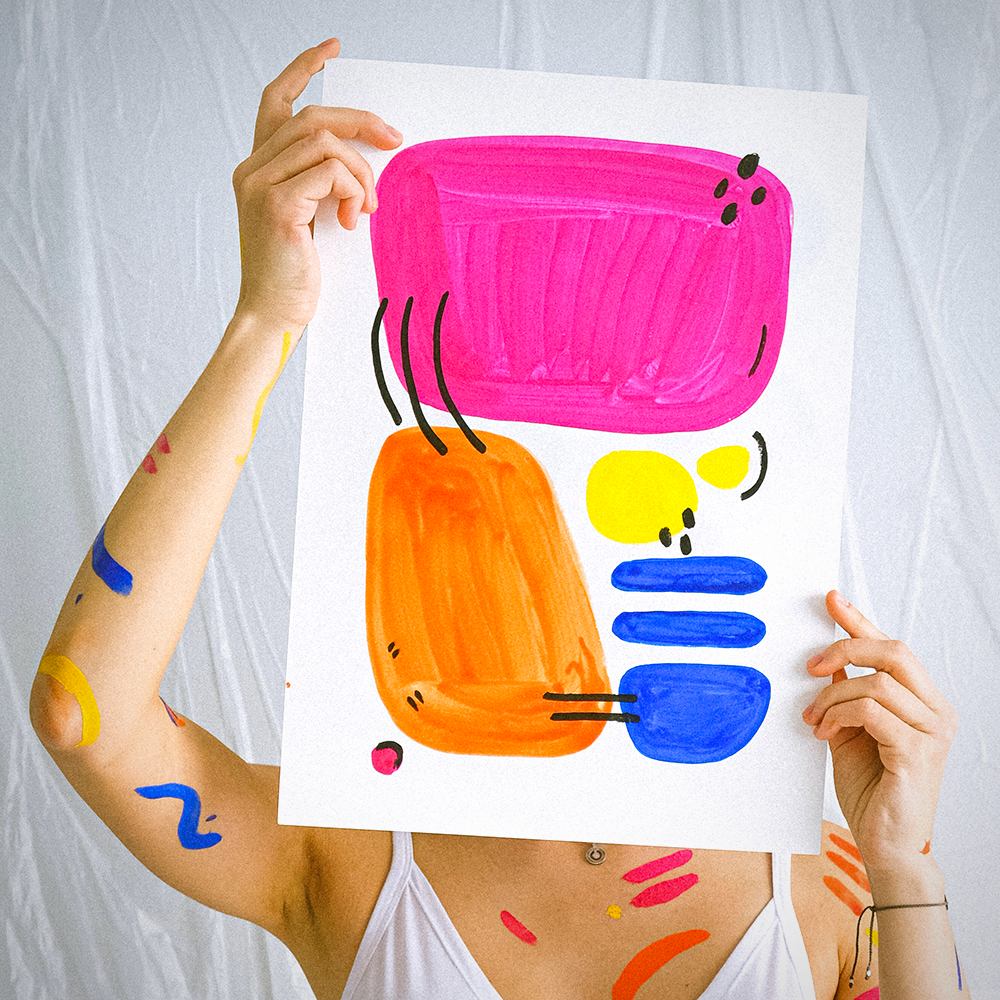
Embrace the Journey: Your Canvas Awaits!
Now that you have a solid grasp of the basics of painting, it's time to let your creativity flow and make your mark on the canvas.
Remember, every stroke is a step in your artistic journey, filled with endless possibilities and discoveries.
Embrace the challenges, seek inspiration from the world around you, and most importantly, enjoy the joy and fulfillment that comes from creating art.
Your masterpiece is just a brushstroke away!

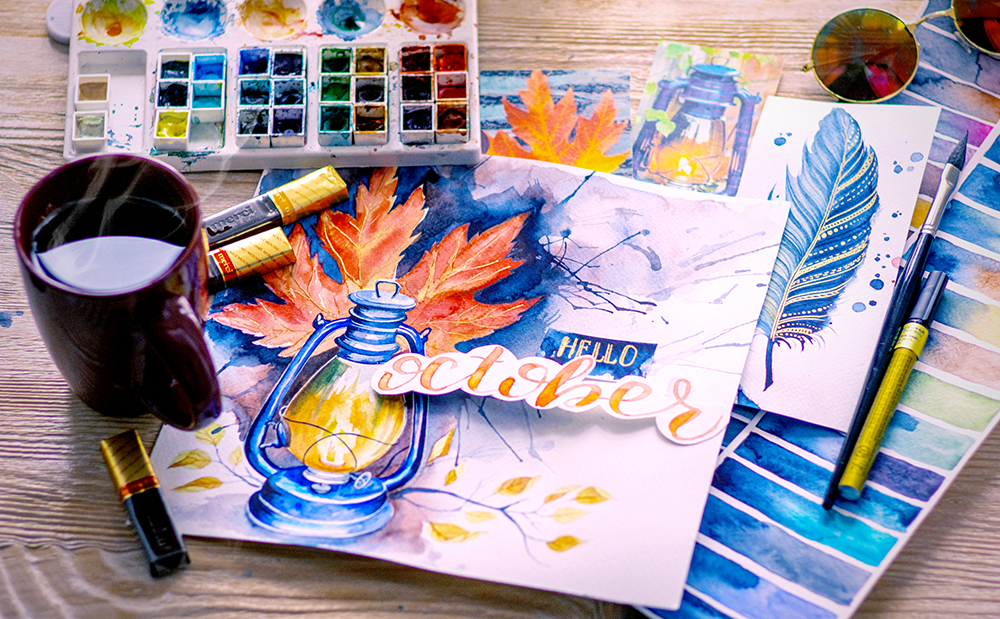

Painting FAQs
Are you ready to dive into the colorful world of painting but have a few questions holding you back?
You're not alone!
Whether you're a budding artist or a seasoned painter looking to refine your skills, this FAQ section is here to help.
From the essential tools and materials you'll need to get started, to mastering the art of color mixing and creating depth in your work, we've got you covered.
Let's brush up on some key tips and techniques to elevate your painting game!
What are the essential tools and materials needed for painting?
Essential tools and materials for painting include a blank canvas, a variety of brushes, a palette knife, and a range of paints such as acrylics, oils, or watercolors. Additional items like paper towels, a charcoal pencil, and a sturdy easel are also useful.
How can I improve my color mixing skills?
Improving color mixing skills involves understanding color theory and practicing with different hues. Start with primary colors and experiment with mixing them to create secondary and tertiary colors. Using a color wheel can help you learn about complementary and analogous color schemes.
What are some techniques for creating depth and perspective in a painting?
Techniques for creating depth and perspective include overlapping, size variation, and atmospheric perspective. Using darker colors in the foreground and lighter colors in the background can create a sense of depth. Adding detail to objects in the foreground while keeping the background more simplified can also enhance the illusion of space.
How do I choose the right type of paint for my project?
Choosing the right type of paint depends on your project and personal preference. Acrylic paints are versatile, quick-drying, and suitable for beginners. Oil paints offer rich colors and blend well but take longer to dry. Watercolors are great for creating soft, translucent effects and are easy to clean up. Consider the drying time, texture, and finish you want to achieve when selecting your paint.
What are some tips for maintaining and cleaning my brushes?
Proper brush maintenance is crucial for their longevity. Always clean your brushes immediately after use. For acrylic and watercolor paints, rinse brushes in lukewarm water and use mild soap if necessary. For oil paints, use a solvent like turpentine or mineral spirits. Gently reshape the bristles and store brushes with the bristles facing up to prevent damage.
How can I prevent my paint from drying out too quickly?
To prevent paint from drying out too quickly, especially acrylics, you can use a palette with a lid or a wet palette. Mist your paints with water using a spray bottle to keep them moist. For oil paints, consider adding a slow-drying medium to extend the working time.
What are some common mistakes beginners make and how can I avoid them?
Common mistakes include using too much paint, not mixing colors thoroughly, and neglecting to plan the composition. Avoid these by starting with small amounts of paint, practicing color mixing, and sketching a rough outline before you begin painting. Additionally, don't be afraid to make mistakes—each one is a learning opportunity!
How can I create texture in my paintings?
Creating texture can add depth and interest to your work. You can use a palette knife to apply thick layers of paint or mix in texture mediums like modeling paste or gel. Experiment with different brushstrokes, sponges, or even household items like combs and bubble wrap to achieve unique textures.
What is the best way to protect and preserve my finished paintings?
To protect and preserve your finished paintings, consider applying a varnish. Varnish can protect against dust, UV rays, and yellowing. Make sure your painting is completely dry before applying. Store your paintings in a cool, dry place and avoid direct sunlight to prevent fading.
How do I overcome artist's block and find inspiration?
Artist's block can be frustrating, but there are ways to overcome it. Take a break and do something different to refresh your mind. Look for inspiration in nature, art galleries, or online platforms like Pinterest and Instagram. Try new techniques or mediums to spark creativity. Remember, it's okay to step away and come back with a fresh perspective.
Interested in learning different painting techniques? Check out Jennifer Funnell's video!
Want even more content about creativity and art?
Be sure to check out all of our creative chronicles!
Ready to dive into the world of painting?
Check out our other painting articles:
-What is the easiest thing to paint?
-What are the basic skills of painting?
-How long does it take to get good at painting?
-What is the most common painting technique?
-Can I learn to paint by myself?
-Is it too late to learn to paint?
-How to start painting as a hobby

